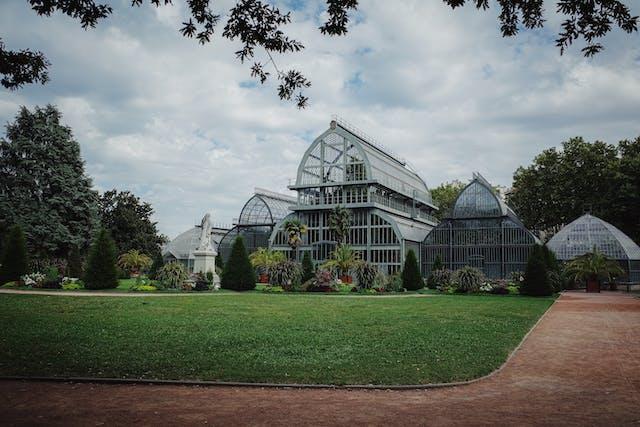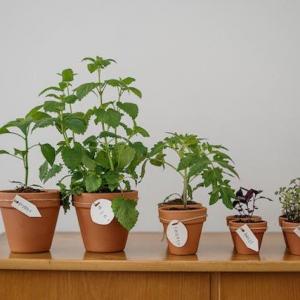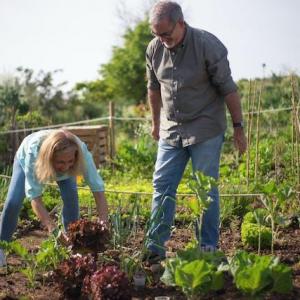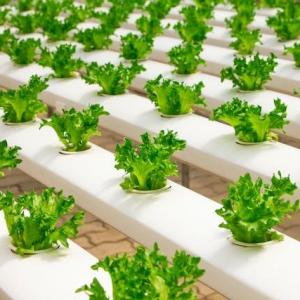
Identify and Engage the Community:
The first step in starting a community garden is to identify potential participants and gauge their interest. Engage with community members through community meetings, social media platforms, or local organizations to spread the word about your initiative. Encourage participation and gather feedback to ensure that the garden aligns with the needs and desires of the community. Consider conducting a survey or hosting focus groups to understand the gardening experience and knowledge of the community members. This information will help tailor the garden's design and activities to the specific interests and skill levels of participants.Secure Land and Resources:
Find a suitable location for your community garden. Look for available plots of land in public parks, schools, or vacant lots. Obtain permission from the relevant authorities and secure a lease or agreement for the use of the land. Once you have secured the land, assess its condition and determine what resources are needed for the garden's setup. Gather the necessary resources such as gardening tools, seeds, compost, and water sources. Seek donations from local businesses, community organizations, or apply for grants to fund the initial setup of the garden.Organize a Core Group:
Form a core group of dedicated individuals who will take on leadership roles and oversee the garden's management. This group will be responsible for organizing meetings, coordinating activities, and ensuring the smooth functioning of the community garden.Encourage diversity within the core group to reflect the broader community. This will help foster inclusivity and ensure that the garden caters to the needs and interests of a wide range of participants. Dividing responsibilities among core group members, such as administration, maintenance, and community outreach, will help distribute the workload and ensure that all aspects of the garden are adequately managed.
Establish Garden Guidelines:
Develop a set of garden guidelines and rules that promote sustainability, fairness, and cooperation. Include guidelines on plot allocation, maintenance responsibilities, watering schedules, and pest management. These guidelines will help maintain order and ensure everyone understands their roles and responsibilities within the community garden.Regularly communicate the guidelines to all participants and make them readily available. Encourage open dialogue and flexibility in adapting the guidelines to meet the evolving needs and aspirations of the community.
Provide Education and Skill-Building Opportunities:
Offer educational workshops, gardening classes, and skill-building sessions to empower community members with the knowledge and tools they need to grow their own food successfully. Invite local experts, experienced gardeners, or horticulturalists to share their expertise on topics such as organic gardening, composting, and plant care.These educational opportunities can take the form of hands-on demonstrations, lectures, or collaborative workdays in the garden. Encouraging skill-building opportunities helps create a sense of ownership and empowerment among community garden members. It also fosters a culture of learning and collaboration.
Foster Community Engagement and Social Activities:
Organize regular community events and social activities within the garden to foster a sense of connection and belonging. These could include potluck dinners, garden tours, harvest festivals, or seed swaps. Such events provide opportunities for community members to interact, share experiences, and build relationships.Consider establishing communal spaces within the garden, such as seating areas or picnic spots, to encourage socializing and create a welcoming atmosphere for all. Encourage participants to bring their families and friends, promoting a sense of inclusivity and expanding the reach of the community garden.
Encourage Collaboration and Sharing:
Promote collaboration and sharing within the community garden. Encourage gardeners to share surplus produce, gardening tips, and resources. Set up a communal toolshed or seed library where participants can borrow tools or seeds as needed. These practices encourage a sense of generosity, cooperation, and interdependence among community members.Consider organizing workdays or cooperative projects where participants can come together to maintain common areas, share knowledge, and collectively contribute to the garden's development. Encouraging collaboration not only strengthens the sense of community but also maximizes the garden's potential.
Support Community Outreach and Inclusion:
Reach out to local schools, senior centers, and community organizations to involve a diverse range of individuals in the community garden. Collaborate with these organizations to offer gardening programs or workshops tailored to specific demographics, such as children or seniors. This inclusivity helps build bridges between generations and fosters a stronger sense of community.Consider partnering with local food banks or shelters to donate surplus produce from the community garden. This not only supports those in need but also strengthens the garden's commitment to community service and sustainability.
Starting a community garden is an enriching endeavor that not only provides access to fresh produce but also fosters a sense of belonging and connection among community members. By identifying and engaging the community, securing land and resources, organizing a core group, establishing garden guidelines, providing education and skill-building opportunities, fostering community engagement, encouraging collaboration and sharing, and supporting community outreach and inclusion, you can create a thriving community garden that brings people together and enhances the overall well-being of your neighborhood. Remember, a successful community garden is built on the principles of cooperation, inclusivity, and sustainability. With dedication and a commitment to fostering a sense of belonging, your community garden has the potential to transform lives and strengthen the fabric of your community.
Article
Be the first comment
Elite Article














